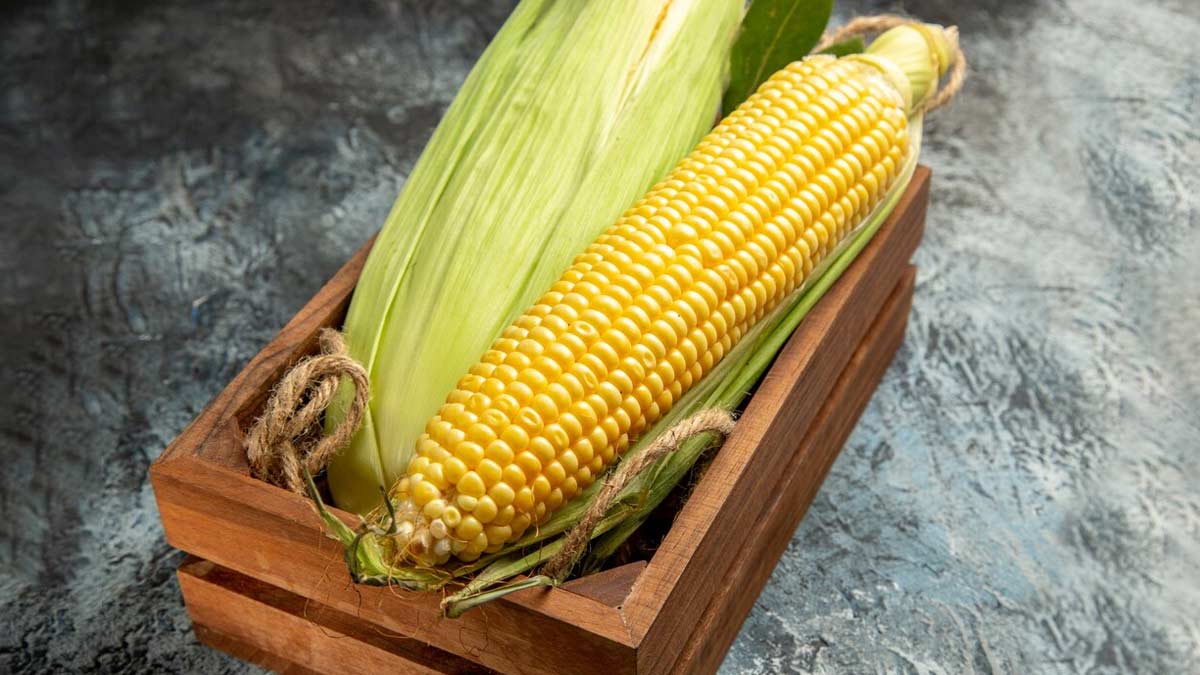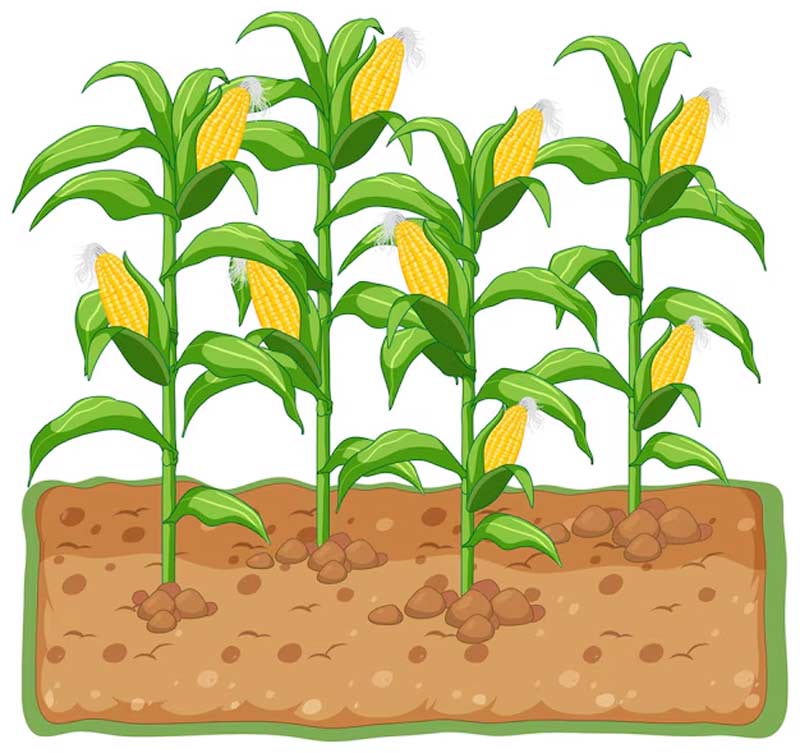
How can we achieve the perfect sweet corn, full, juicy, and incredibly flavourful? It's frustrating to see gaps in the kernels of our cobs. To ensure optimal pollination and a bountiful harvest, corn needs to be planted correctly. It requires ample space for two key reasons: it depletes a significant amount of soil nutrients and relies on wind for pollination.
Pollen grains released from the tassells at the tops of the plants must reach the silk strands on the ears for successful fertilisation. If you're eager to grow corn in your garden, we have a detailed guide to help you achieve the best results.
To grow corn, you need the following items:

We reached out to Swaminathan, a local gardener from Dwarka, who provided us with a detailed guide on how to grow corn in your home garden:
1. Select the Right Variety: Choose a corn variety that fits your local climate and growing conditions. Sweet corn is often preferred for home gardens due to its great flavour.
2. Prepare the Soil: Corn does best in well-drained, nutrient-rich soil. Check your soil’s pH and aim for a range of 6.0 to 7.0. Improve soil quality by adding organic matter like compost.
3. Pick the Right Spot: Find a sunny location that gets at least 6 to 8 hours of direct sunlight daily. Make sure the area is shielded from strong winds to avoid damage to the plants.
Don't Miss: How To Grow Mango Tree In A Pot: A Step-By-Step Guide
4. Planting Time: Start planting corn seeds after the last frost date in spring, when the soil temperature reaches at least 60°F (15°C). Corn is sensitive to frost, so wait until frost risks have passed.
5. Sow the Seeds: Plant seeds about 1 inch deep and 4 to 6 inches apart in rows. Space the rows 30 to 36 inches apart. For best pollination results, plant in blocks of several short rows rather than a single long row.
6. Watering: Maintain consistent soil moisture, especially during germination and early growth. Corn requires roughly 1 inch of water per week. Water deeply to encourage strong root development.

7. Fertilising: Use a balanced fertiliser or compost at planting time and again when the plants are about 12 inches tall. Follow the recommended application rates for your fertiliser.
8. Pest and Disease Control: Watch for pests such as corn earworms and aphids. Use appropriate methods like natural predators or insecticidal soap if needed. Also, monitor for diseases like rust or blight and address them promptly.
9. Pollination: Since corn relies on wind for pollination, ensure good air circulation around the plants. If necessary, gently shake the plants or use a fan to help distribute the pollen.
Don't Miss: Bottle Gardening 101: Master the Art of Growing Curry Leaves In A Bottle
10. Harvesting: Corn is ready to harvest when the ears are full and the kernels are plump. Check maturity by squeezing a kernel; it should be milky and not hard. Harvest by twisting the ears off the stalks.
11. Post-Harvest Care: After harvesting, clear away any remaining corn stalks and debris from your garden to prevent diseases and pests from overwintering. Consider planting a cover crop or adding compost to prepare the soil for the next planting season.
With this guidance, you can successfully grow corn in your garden and enjoy a bountiful harvest.
Keep reading Herzindagi for more such stories.
Credits: Freepik
Also watch this video
Herzindagi video
Our aim is to provide accurate, safe and expert verified information through our articles and social media handles. The remedies, advice and tips mentioned here are for general information only. Please consult your expert before trying any kind of health, beauty, life hacks or astrology related tips. For any feedback or complaint, contact us at compliant_gro@jagrannewmedia.com.